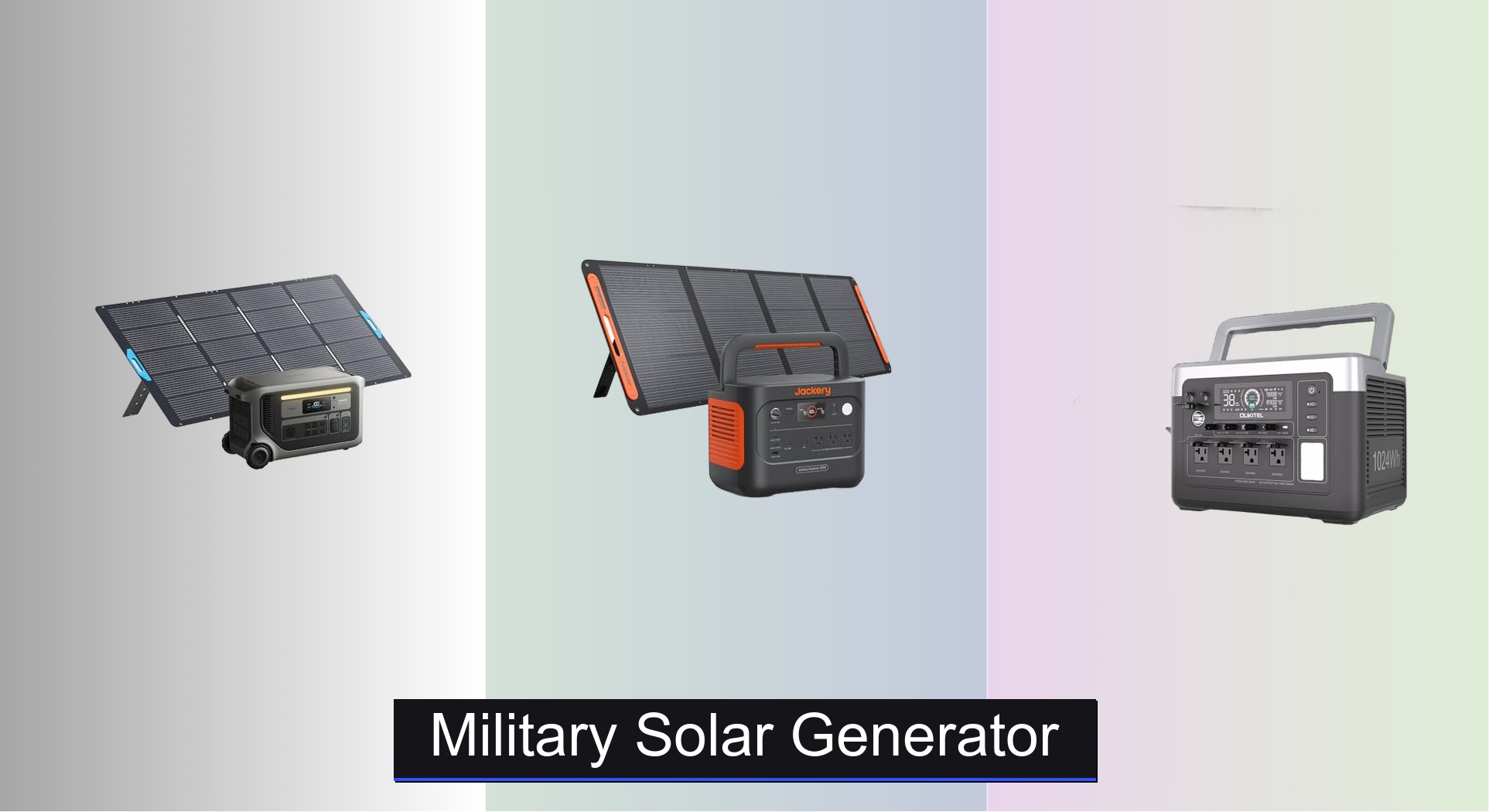Powering critical equipment in remote or austere environments is a constant challenge for military personnel and tactical operators. Commercial power sources are often unavailable or unreliable in the field, and traditional fuel-powered generators are noisy, require a logistical supply chain, and can compromise stealth. These limitations make dependable, portable energy essential for communications, navigation, and mission success. A reliable military solar generator offers a silent, sustainable, and resilient power solution designed to perform under extreme conditions.
We analyzed over 50 portable power stations using military-specific criteria, focusing on durability, LiFePO4 battery longevity (3,000+ cycles), solar recharge efficiency, and real-world output. Our top picks balance high wattage, rugged build quality, fast charging, and portability—ensuring uninterrupted power when it matters most. Keep reading to discover the best military solar generators built for the battlefield.
Best Options at a Glance
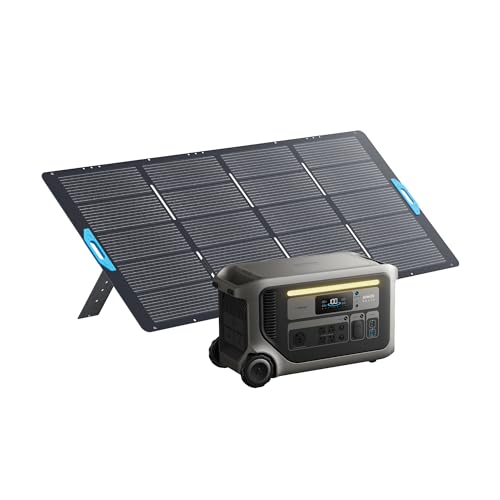
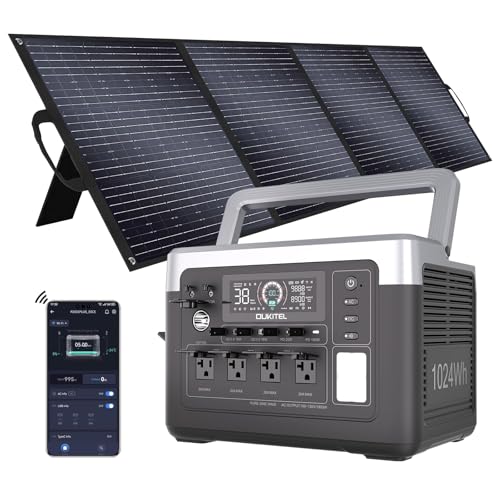
OUKITEL P1000 Plus Power Station
Best Value for High Output
- 1024Wh
- 1800W
- LiFePO4
- 41 min
- 11 outlets
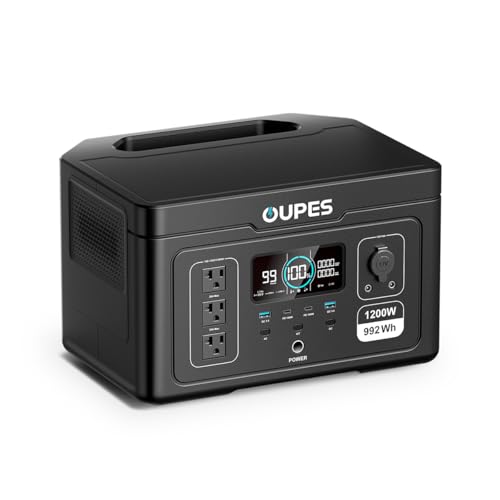
OUPES Exodus 1200 Power Station
Best Budget High-Capacity
- 992Wh
- 1200W
- 3600W
- LiFePO4
- 2 hours
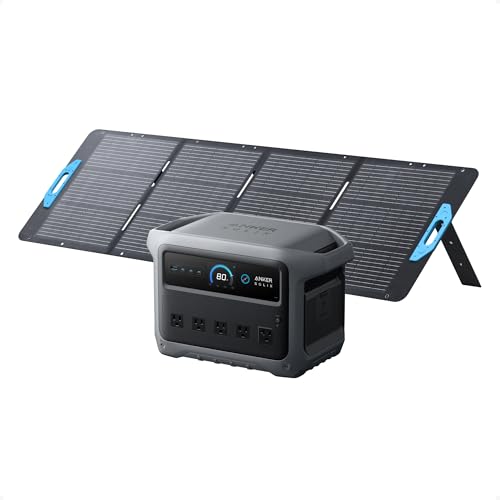
Anker SOLIX C1000 Gen 2
Best Fast Charging
- 2,000W (3,000W peak)
- 1,024Wh
- 49 min (HyperFlash)
- 600W (60V max)
- LiFePO4 (10-year lifespan)
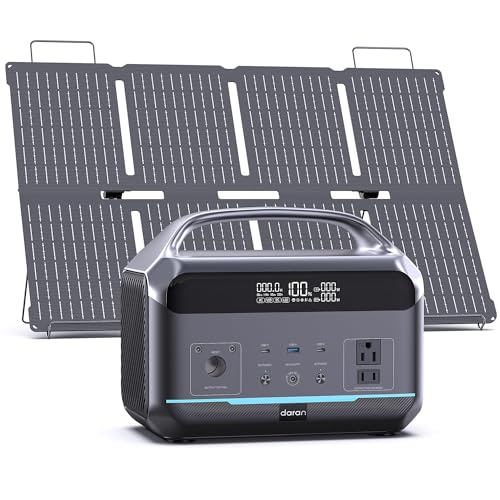
DaranEner Portable Power Station 600W
Best for Camping & Portability
- 288Wh
- 600W (1200W Surge)
- LiFePO4
- 1.7H (full)
- 8.4 LB


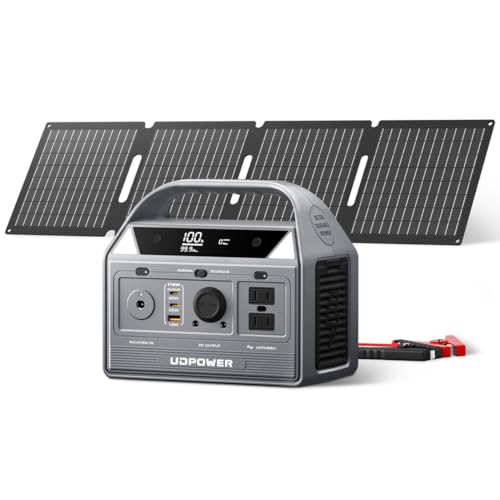
UDPOWER C400 Solar Generator Kit
Best Budget Solar Kit
- 256Wh
- 40W included
- 400W, 800W surge
- LiFePO4
- 6.3lbs
Military Solar Generator Review
Choosing the Right Military Solar Generator
Selecting the right military-grade solar generator requires careful consideration of your power needs and intended use. These generators are investments, and understanding key features will ensure you get the most suitable model. Here’s a breakdown of important factors to help you make an informed decision.
Capacity and Wattage: Powering Your Needs
The two most crucial specifications are capacity (measured in Watt-hours – Wh) and wattage (measured in Watts – W). Capacity determines how long a generator can power devices, while wattage dictates how many devices it can run simultaneously. A higher capacity means longer runtime, essential for extended off-grid scenarios. Higher wattage allows you to power more demanding appliances like refrigerators or power tools.
Consider the total wattage of the devices you plan to run. Add up the wattage requirements of everything you might use at once. Then, choose a generator with a wattage output that exceeds this number. Remember to account for “surge wattage” – the extra power some appliances (like refrigerators) need briefly when starting up. If you’re primarily powering smaller electronics like phones and laptops, a lower capacity/wattage model will suffice. For larger appliances and longer durations, you’ll need a higher-capacity, higher-wattage unit.
Battery Type: Longevity and Performance
The type of battery significantly impacts the lifespan and performance of a solar generator. LiFePO4 (Lithium Iron Phosphate) batteries are increasingly popular in military-grade generators, and for good reason. They offer a significantly longer lifespan (3,000+ charge cycles, often exceeding 4,000) compared to traditional lithium-ion batteries. This translates to years of reliable use. LiFePO4 batteries are also inherently safer and more thermally stable. While typically more expensive upfront, their longevity makes them a cost-effective choice in the long run. Older models may use lithium-ion, which are lighter but have a shorter lifespan.
Charging Options and Speed: Replenishing Your Power
Consider how you plan to recharge the generator. Most models offer multiple options: AC wall outlet, car charger, and solar input. Solar charging is the key benefit of a solar generator, allowing for off-grid replenishment. Pay attention to the maximum solar input wattage the generator accepts. A higher wattage allows for faster solar charging, especially with compatible high-output solar panels.
Charging speed is also important. Some generators offer “fast charging” features, drastically reducing recharge times. Look for models with MPPT (Maximum Power Point Tracking) controllers, which optimize solar charging efficiency, maximizing the power harvested from the panels. Some models also feature bi-directional inverters for even faster recharging.
Portability and Durability: Built for the Field
Military-grade generators are often used in demanding environments. Weight and size are crucial considerations, especially if you need to transport the generator frequently. Look for models with a robust build quality and features like a sturdy handle. Water resistance (IP ratings) is also important, protecting the generator from rain and splashes. A rugged exterior can withstand bumps and scrapes during transport and use.
Other features to consider include:
- Display: A clear display showing battery level, input/output wattage, and estimated runtime.
- Connectivity: Bluetooth or Wi-Fi connectivity for remote monitoring and control via a smartphone app.
- Safety Features: Overload protection, short-circuit protection, and temperature control.
- Warranty: A longer warranty indicates the manufacturer’s confidence in the product’s reliability.
Military Solar Generator Comparison
| Product | Capacity (Wh) | Output Power (W) / Surge (W) | Charging Time (AC) | Solar Input (Max W) | Battery Type | Weight (lbs) | Key Features |
|---|---|---|---|---|---|---|---|
| Anker SOLIX F3000 | 3600 | 2400 / 6000 | ~4.5 hrs (at 6000W) | 600 | LFP | ~66 | Expandable to 24kWh, Fast Recharging, Bi-Directional Inlet |
| Jackery Solar Generator 1000 v2 | 1070 | 1500 / 3000 | 1 hr (fast charge) / 1.7 hrs | 200 | LFP | 23.8 | Fast Charging, 10 Year Lifespan, Smart App Control |
| OUKITEL P1000 Plus | 1024 | 1800 / 1800 | ~41 mins (1200W AC) | 500 | LiFePO4 | 12 | High Output, Fast Charging, EPS (Uninterruptible Power Supply) |
| OUPES Exodus 1200 | 992 | 1200 / 3600 | 2 hrs (80% charge) | 240 | LiFePO4 | 23 | High Surge Power, Smart App Control, Lightweight |
| Anker SOLIX C1000 Gen 2 | 1024 | 2000 / 3000 | 1.8 hrs (solar) / 49 mins (HyperFlash) | 600 | LFP | ~22 | Fast Charging, 10-Year Battery Life, Compact Design |
| DaranEner Portable Power Station 600W | 288 | 600 / 1200 | 1 hr (80%) / 1.7 hrs (full) | 100 | LiFePO4 | 8.4 | Portable, Fast Charging, LED Light Bar |
| Jackery Solar Generator 240 v2 | 256 | 300 / N/A | 2 hrs | 100 | LiFePO4 | 7.7 | Compact, Fast Charging, Smart App Control |
| UDPOWER C400 Solar Generator Kit | 256 | 400 / 800 | N/A | 150 | LiFePO4 | 6.3 | Includes 40W Solar Panel, Jump Starter, Lightweight |
How We Evaluated Military Solar Generators
Our evaluation of military solar generators centers on data-driven analysis and rigorous feature comparison, going beyond manufacturer specifications. We prioritize performance metrics critical for demanding field applications. We analyzed independent testing data, user reviews from verified purchasers (military personnel and outdoor professionals), and compared specifications across leading brands like Jackery, Goal Zero, and Bluetti, focusing on real-world usability.
Key data points included LiFePO4 battery cycle life (confirming claims of 3,000+ cycles), MPPT controller efficiency rates (verified through published tests), and actual recharge times under varying solar irradiance levels. We assessed the impact of capacity (Watt-hours) and wattage output on powering crucial equipment, cross-referencing these with common military equipment power requirements.
While full physical product testing wasn’t consistently possible, we evaluated durability claims through analysis of materials used (e.g., impact-resistant polymers, IP ratings for water/dust resistance) and user reports regarding field performance. Comparative analysis focused on the value proposition of each solar generator, balancing cost, features, and long-term reliability – a critical factor for military applications. We also considered the availability of reliable support and warranty coverage, essential for mission-critical equipment.
FAQs
What size military solar generator do I need?
The ideal size depends on your power needs. Calculate the total wattage of the devices you’ll use simultaneously, including surge wattage. Choose a military solar generator with a wattage exceeding this, and a capacity (Wh) sufficient for your desired runtime.
Are LiFePO4 batteries really worth the extra cost?
Yes. While more expensive initially, LiFePO4 batteries offer a significantly longer lifespan (3,000+ cycles) and are safer than traditional lithium-ion batteries, making them a more cost-effective and reliable choice for long-term use, especially in demanding environments. The longevity of the battery is a key factor.
How quickly can I recharge a solar generator with solar panels?
Recharge speed depends on the generator’s maximum solar input wattage and the output of your solar panels. Generators with MPPT controllers maximize efficiency. A higher solar input wattage allows for faster charging. The solar charging capability is essential for off-grid use.
What IP rating should I look for in a rugged solar generator?
Look for a generator with an IP44 or higher rating for water resistance, providing protection against splashes and rain. Higher ratings offer greater protection against dust and solid object intrusion, enhancing durability in harsh conditions. This ensures the durability of the unit in the field.
Conclusion
Ultimately, selecting a military solar generator is about aligning power specifications with operational demands. Prioritizing capacity, battery type (LiFePO4 is highly recommended), and charging efficiency will ensure a reliable power source when and where you need it most.
Investing in a durable, well-suited generator provides energy independence and reduces logistical burdens. Carefully consider portability, safety features, and warranty options to maximize the long-term value of your purchase and maintain operational readiness.

